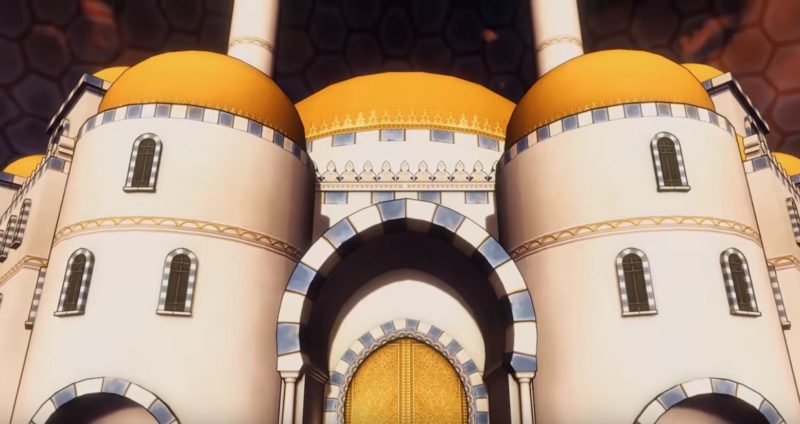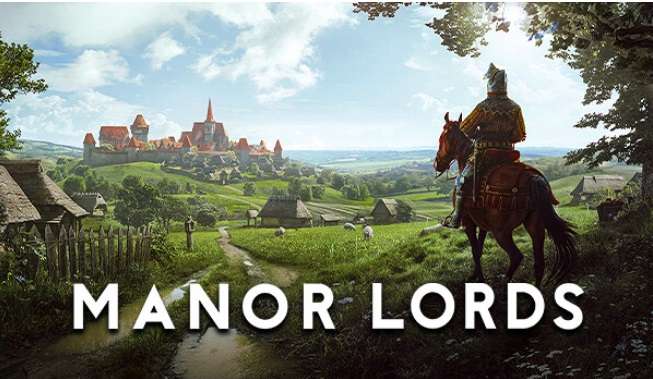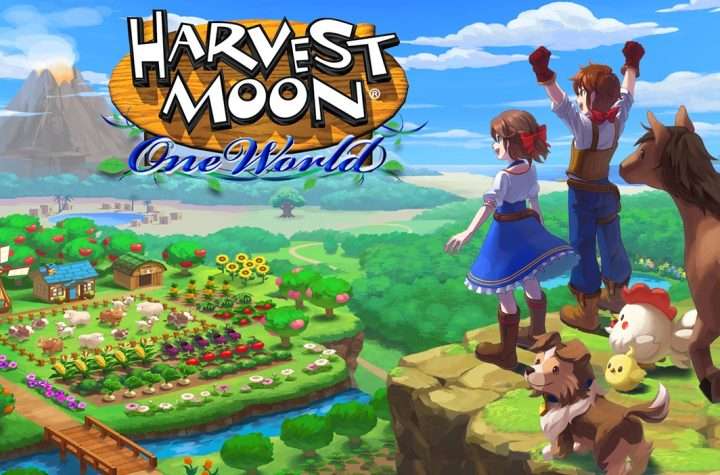
Story driven games are my bread and butter, and I was incredibly excited diving into City of the Shroud by Abyssal Games, because in reading up on the concept of the game, it seemingly offered me exactly what I’ve been craving for a while now: a tactical, narrative-heavy experience. The more reading, the merrier. The plot focuses on the City of Iskendrun. The player takes the role of a traveler, a newcomer to the metropolitan city, and on their first day manages to defeat a portal beast by accident. The metropolis is under assault from monsters that appear out of dark, magical portals. The player defeating of one of these creatures puts them on the map, and the power players of Iskendrun are eager to have the Hero of the Portals at their disposal. The target of the city’s most influential agents, the player must choose their side and set about saving the city from the monsters plaguing it, but also reshaping Iskendrun in the image of their allied faction—for better or for worse. With five factions vying for power in the city, and you at the center of the plot, the game sets itself up to tell some incredible stories.
Now I can’t progress with a critique of the game at large without addressing what is hands down the weakest element of the game itself: the combat. Aspects of it are incredibly fresh; I would be remiss not to mention, for example, the dynamic way the game throws the player into their first encounter, and how effective the game is at breaking down fundamental combat mechanics in a way that makes you feel powerful and engaged. The player moves up to four controllable units across a tile-grid battlefield. When going to attack, a unit will select an enemy in range, and a wheel will pop up, the player can choose different directional inputs in different orders to implement combos that have unique abilities and deal varying amounts of damage. There are a variety of units to choose from, each with their unique combo attacks, overall strengths, and individual weaknesses. This, theoretically at least, leads to massive variation in combat experience, as layout customization demands novel strategies and variant playstyles. The real tragedy then is that in actuality, combat is clunky at best.

The real issue with combat is that what looks like rich tactical variety is itself only skin deep. Battle rewards throwing strategy to the wind and just charging at enemies with the highest damage dealing units possible. Planning often backfired because components of combat that were poorly highlighted by the tutorial. A prime example was the regenerating stamina bar used to execute combos. It would slow down or speed up depending on factors that were never clearly explained in tutorials, leaving me confused why I was recharging so slowly or incapable of moving some turns but not others. So, running in headlong with high-damage dealing units and just spamming combos as fast as possible proved to be the most viable strategy. I tried a variety of layouts in the active encounters the player can engage with across the city, and the frailer classes overwhelming proved less useful in higher difficulty fights, which was incredibly disappointing, given how interesting some of weaker the unit types are.
Equally frustrating was the enemies in combat itself. Enemy units in the game are all the same as the units the player uses, so every fight feels like a rehashing of a battle you’ve already had. You can only face the same enemies so many times before even seeing them becomes annoying. The portal monsters are themselves no better because they are just reskinned base models, except for a slightly darker theme. What the portal monsters do differently—which is incredibly refreshing—is use new abilities that mix up how you have to engage them. While this is fun, it left me overwhelmingly bored with the basic enemy types. I kept wanting to face enemies I hadn’t seen before or come upon some new challenge that genuinely felt distinct, and it never really happened. Even the first full-fledged boss fight was just a series of waves of rehashed portal monsters that felt entirely uninspired. I was clamoring to face off against something new and scary, or that forced me to operate outside my comfort zone, and the game’s combat never gave me that opportunity.
Conversely, a real strength of the game: the art. The game is predominantly 2D, and the art is lovely. The backgrounds are stunning, and the characters are beautiful. I found myself just staring at some of the characters, like the priest you encounter early in the game, Navid, and the Hat Merchant, who drips with mystery. The art goes a long way to ground the story and give you real physical, meaningful engagement with the different characters, as there are clear faces to put with names and people. It’s a little disappointing that some side characters have reused art assets, but its reasonable given the scope of the game. Even then, the art is so fantastic that I can’t help but still find the designs charming. The only possible exception to this is a single old lady design that appears throughout the game that looks something like a cross between E.T. and Yoda wearing a wig. She looks like a grumpy potato. I’d be lying if I said I don’t laugh every time she shows up. She doesn’t decrease my love for the game’s phenomenal art direction, of course, but she’s still so wonky that it’s almost funny.

Equally strong are the 3D sections of the game, which do a phenomenal job of utilizing a relatively low-polygon aesthetic to create a consistent game feel. The designs of the fighters, which you will see over and over, are simple but convey the role of each character effectively and intuitively. You know off the bat how each class plays and how to use them by merely looking at them. It makes starting off simple and rewarding. Additionally, as they are so distinct in style, you know immediately what enemies you are facing and what strategies you should implement to challenge different foes based on their weaknesses. Battlefields too are precisely designed, laid out expertly, and styled naturally with the aesthetic of the unit models. This game nails its style. Every component of the artistic direction feels carefully curated, and that is so much to this games credit. The art does a great deal to augment the story.
Speaking of which, the game’s story, or at least what I have experienced of it so far, is incredibly intriguing. The game sets up five pivotal figures in the city: Azura, Navid, Omar, Sohrab, Zem. These figures play crucial roles in the different communities of Iskendrun, and they actively try to push and pull you into alliances with them, and one another. The diplomatic system present within the game gives a real sense of how you’re impacting the cityscape, and the writing, though sometimes stilted, provides each character with robust flavor and real specificity. There’s always the sense the big players in Iskendrun are withholding information, that characters are scheming just out of earshot, and that your future depends upon how you navigate those interactions. It makes for a real sense of reality to these characters and their supernatural reality, and furthermore, it makes them matter to you. You want to know in what ways your actions are impacting them and their operations are going to affect you. It leads to a fantastic back and forth with the game arc itself, and the narrative sits so neatly in this space that you can’t help but remain deeply invested well after you exit the game.

All of this is not only interesting; it overshadows the failings of the combat system. But what proves most interesting about this game is the premise I’ve yet to see in action—to quote Abyssal Arts’ website—which is that “the story is a living episodic campaign: in each chapter, every player’s actions impact how the world, changing how the story unfolds for the entire community in the next chapter.” That way, each chapter’s events are dictated by the communities narrative choices in the previous episode. It makes for a neat evolution of the episodic storytelling that is becoming increasingly popular in the age of long-form games and gaming as a service.
As the game is still in beta, and not fully released at the time of writing this review, I want to see how this mechanic impacts gameplay and what it means for the quality and consistency of the story presented. As of now, however, the game life-cycle isn’t far enough along. But it opens exciting avenues of possibility. My biggest concern now, looking forward to the future of this story, is whether the game will be able to sustain this type of energy. A considerable part of the appeal of the game as it exists right now is the shape and scope of the story and the feeling of full submersion in the world. I can see that faltering with an episodic narrative, as the studio works to keep with story arcs the community pushes forward. If not appropriately tended, what feels like a realized, full world could thin out or worse yet, become less specific and less realized. Moving forward, anybody tracking the game should eagerly monitor how the game develops and how the community of players comes to interact with the game world. I found myself drawn to Zem, the devilish patron of the downtrodden refugees, but the other characters provide gripping and unique paths through the world’s narrative. Watching the player-base interact with these kinds of options will prove, as I see it, a pivotal part of what makes or breaks this game. No matter how it plays out, it will be something in the game to watch moving forward.
Check Out The City of The Shroud Release Date & Story Trailer:
City of the Shroud, the real-time tactical RPG and social experiment from Abyssal Arts, will release Chapter One for PC and Mac on August 9, 2018 via Steam.





More Stories
MANOR LORDS Now Available via PC Game Pass, Steam, GOG, Epic Games Store
Metro Simulator 2 Review for Xbox
GTA Online this Week Features New Community Series, Free Tees, Nightclub Bonuses, and More